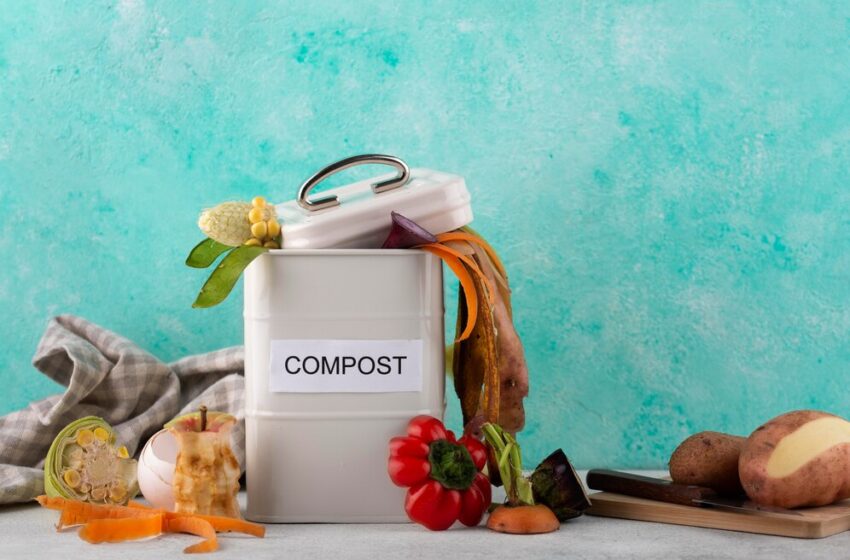
Innovative Strategies for Reducing Food Waste Through Technology
Introduction
Food waste is a global issue with significant environmental, economic, and social implications. According to the United Nations Food and Agriculture Organization (FAO), approximately one-third of all food produced for human consumption is lost or wasted globally. This not only contributes to hunger but also to greenhouse gas emissions and the wastage of resources used in food production.
Fortunately, technology offers innovative strategies to tackle food waste at various stages of the supply chain. This article explores these technologies and how they are being implemented to reduce food waste effectively.
Understanding the Scope of Food Waste
Food waste occurs at all stages of the supply chain, from production and processing to retail and consumption. The reasons vary, including overproduction, cosmetic standards in retail, inefficient supply chain logistics, and consumer behavior.
Addressing these issues requires a multifaceted approach, leveraging technology to create sustainable solutions.
Technological Innovations Reducing Food Waste
Precision Agriculture
Sensors and Drones: These tools provide farmers with detailed insights into crop health, soil conditions, and moisture levels, enabling precise application of water, fertilizers, and pesticides. This optimizes crop yields and reduces the likelihood of overproduction and waste.
Satellite Imaging: Offers large-scale monitoring of crop health and environmental conditions, allowing for timely interventions to prevent crop failures and surplus.
Blockchain for Supply Chain Transparency
Blockchain technology enhances traceability in the food supply chain. By securely recording each transaction, it allows stakeholders to track the movement of food products in real-time, reducing losses and improving efficiency.
This transparency helps in identifying bottlenecks and inefficiencies where waste is likely to occur, enabling more targeted interventions.
Smart Packaging
Active Packaging: Incorporates elements that interact with the food or its environment to extend shelf life, such as moisture control or antimicrobial agents.
Intelligent Packaging: Features sensors or indicators that provide information on the quality or safety of the food product. For example, time-temperature indicators can signal if a product has been stored improperly.
AI-Powered Demand Forecasting
Artificial intelligence algorithms analyze historical sales data, seasonality, market trends, and consumer behavior to predict future demand more accurately. This helps retailers order optimal quantities, reducing excess stock that could become waste.
Food Sharing and Donation Platforms
Mobile apps and online platforms facilitate the donation of surplus food from restaurants, supermarkets, and households to food banks, shelters, and individuals in need. These platforms use technology to connect excess food with those who can use it, preventing waste.
Upcycling Food Waste
Start-ups are using technology to transform food waste into valuable products. For instance, converting unsold bread into beer or misshapen vegetables into soups and sauces. These initiatives not only reduce waste but also create new revenue streams.
Consumer Education Apps
Apps that educate consumers on food storage, expiration dates, and creative recipes to use up leftovers can significantly reduce household food waste. Some apps also offer inventory tracking and meal planning based on what users already have in their kitchens.
Energy Recovery from Food Waste
Anaerobic digestion technology converts food waste into biogas, a renewable energy source. This not only diverts waste from landfills but also produces electricity, heat, or transportation fuels.
The Role of Stakeholders
Governments: Can provide incentives for adopting waste-reducing technologies and establish regulations that encourage food donations and the use of renewable energy from waste.
Businesses: Need to invest in technologies that optimize their operations, reduce waste, and consider the environmental impact of their practices.
Consumers: Play a crucial role by making informed choices, reducing waste at home, and supporting businesses that prioritize sustainability.
Conclusion
Technological innovations offer promising solutions to the global challenge of food waste. From precision agriculture and blockchain to smart packaging and consumer apps, technology can address waste at every stage of the food supply chain.
While challenges exist, the potential benefits of these technologies — reducing environmental impact, enhancing food security, and creating economic opportunities — are immense.
As stakeholders across the spectrum embrace these innovative strategies, we move closer to a future where food waste is significantly diminished, paving the way for a more sustainable and efficient global food system.
The journey to reduce food waste through technology is not just about innovation but also about collaboration, education, and a commitment to change, ensuring a better world for future generations.










